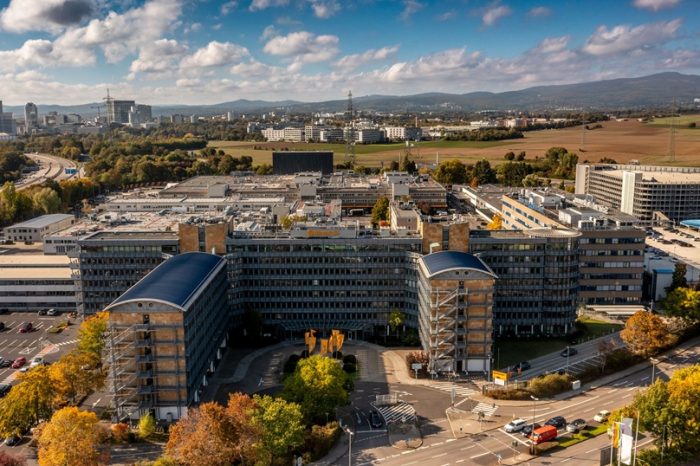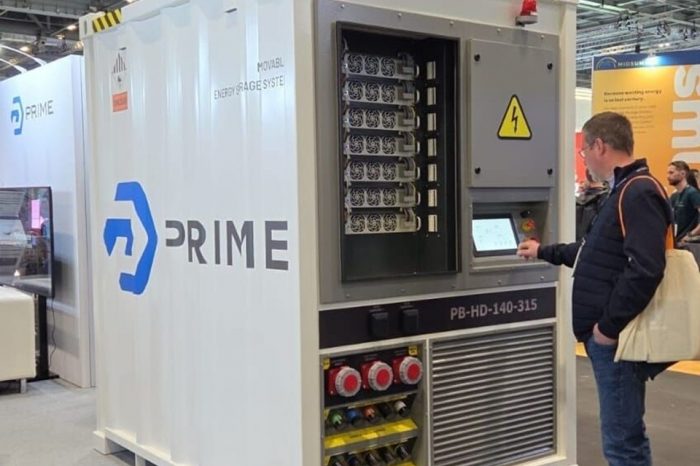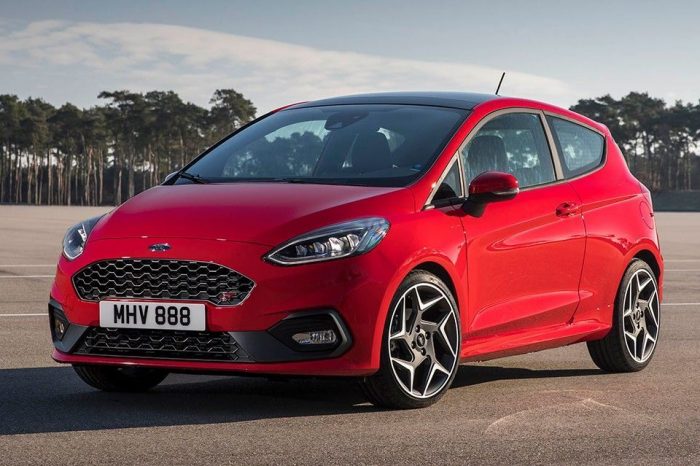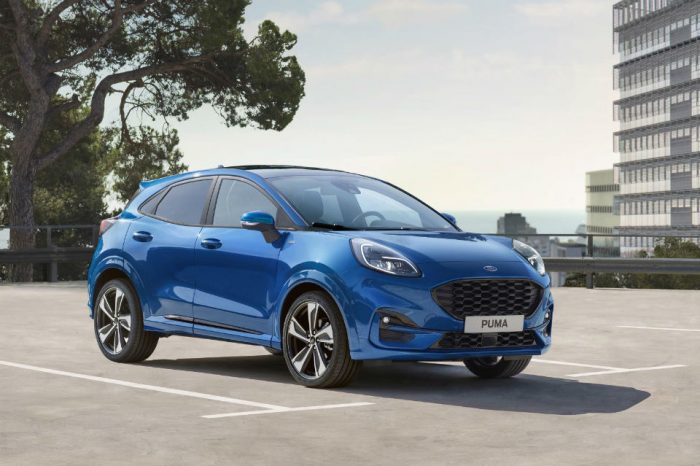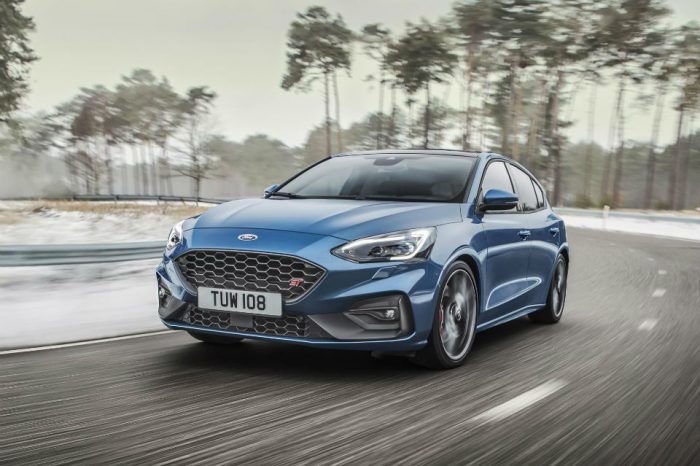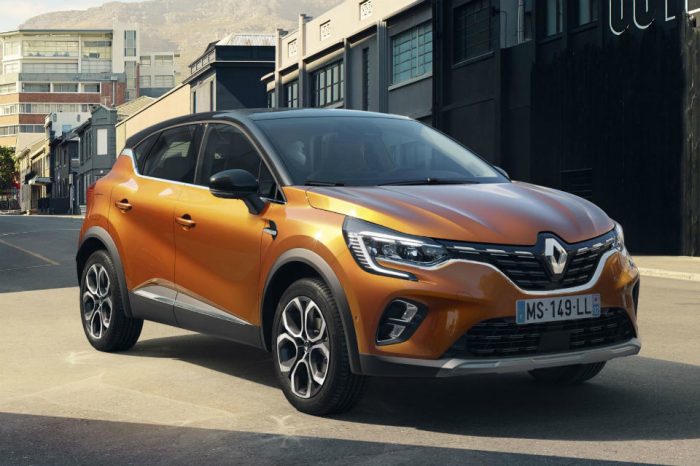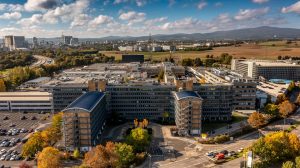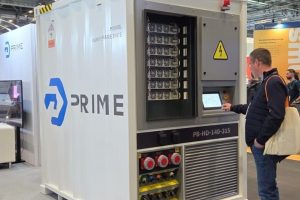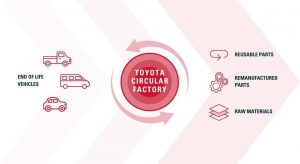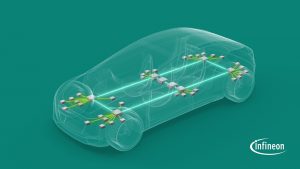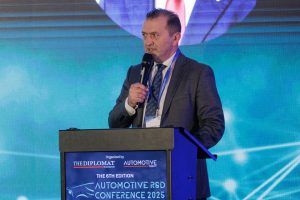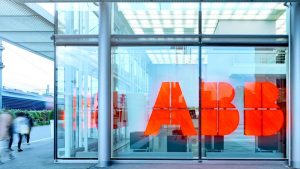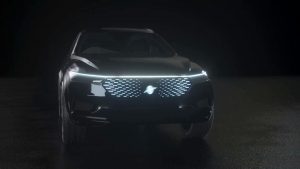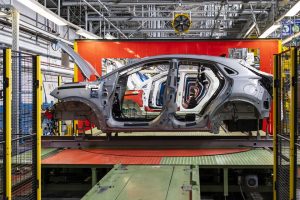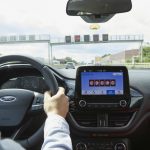Ford and Vodafone pilot new technology that advises drivers how many spaces are available in nearby car parks and how to get there
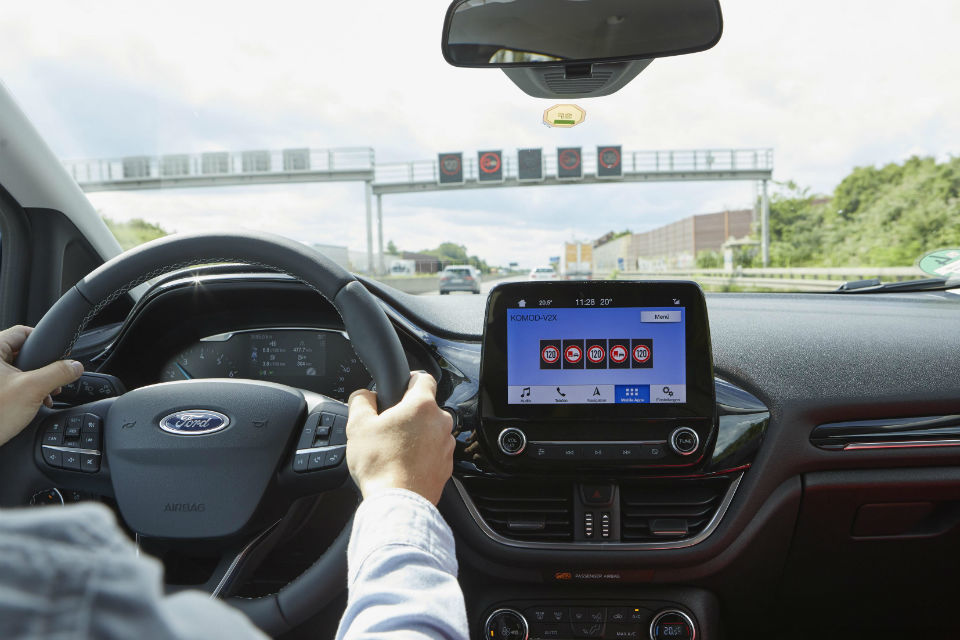
In cities such as London and Frankfurt, it is estimated that the average driver spends as many as 67 hours every year searching for parking spaces at a cost of more than €1,250. So-called “cruising” is responsible for an estimated 30 per cent of urban traffic.
Ford and Vodafone are now testing new connected-vehicle technology that could make it easier to find parking spaces in city centres. Parking Space Guidance technology displays to drivers the number of spaces offered by nearby car parks and how to get to them.
“Satnavs are great at helping us to get to our destination but aren’t so useful when it comes to helping us to park there – especially in city centres,” said Tobias Wallerius, engineer, Product Development, Ford of Europe. “Parking Space Guidance is a connected‑vehicle technology that could help drivers to more quickly complete their journey, saving them money, time and benefitting overall air quality.”
“When vehicles can exchange data with infrastructure in real-time, traffic will become more intelligent, searching for a parking space will become less stressful and people will get to their destination more quickly,” said Michael Reinartz, Head of Innovation, Vodafone.
Parking Space Guidance, which is updated in real-time based on car park data, is being trialled by Ford and Vodafone as part of the KoMoD (Kooperative Mobilität im digitalen Testfeld Düsseldorf) programme, in Germany, a €15 million cross-industry project testing new connected‑vehicle and automated driving technologies.
As test vehicles drive through the city, they receive road status and car park information from a central computer system, based on their geolocation, along with information from nearby dynamic digital road signs.
For now, information broadcast between vehicles is intended to enable drivers to make informed decisions about their journeys. However, vehicle‑to‑vehicle and vehicle‑to‑infrastructure communications – such as those in the KoMoD trial – may play an important role in a future in which autonomous vehicles could respond automatically to them.


